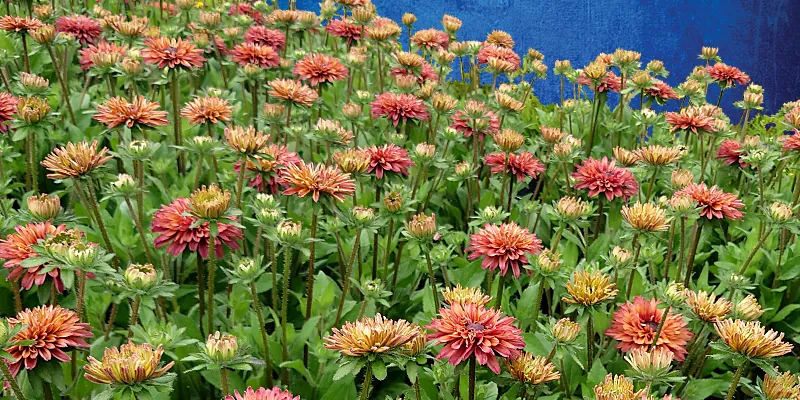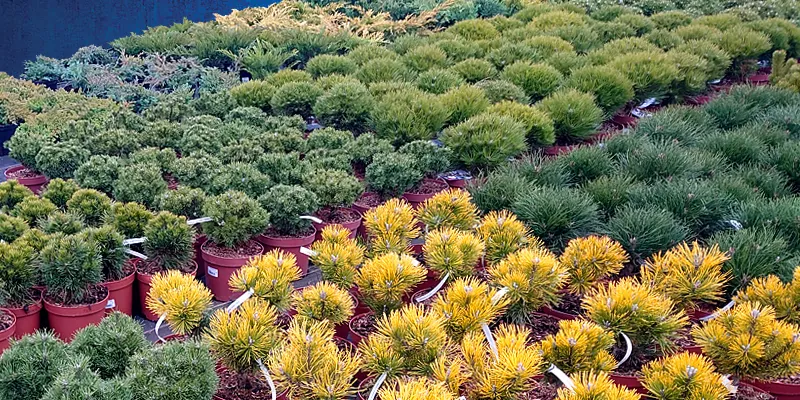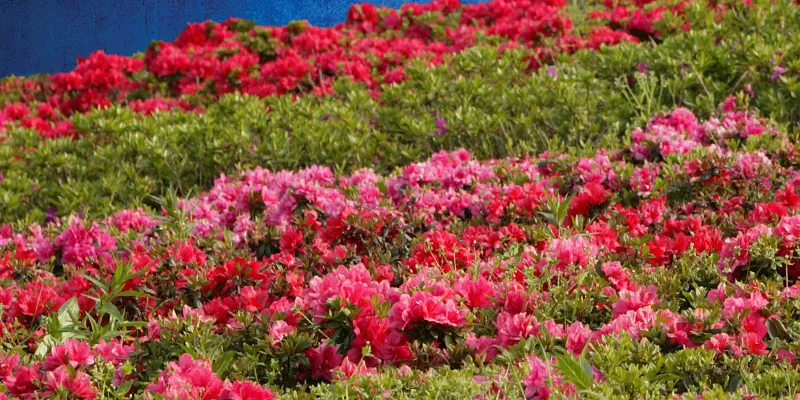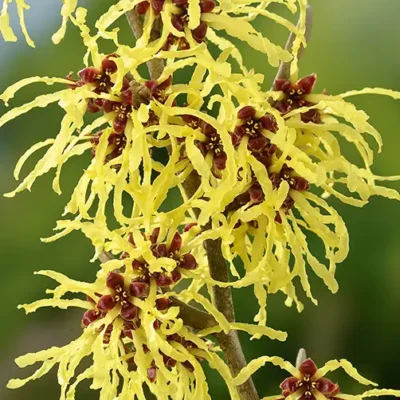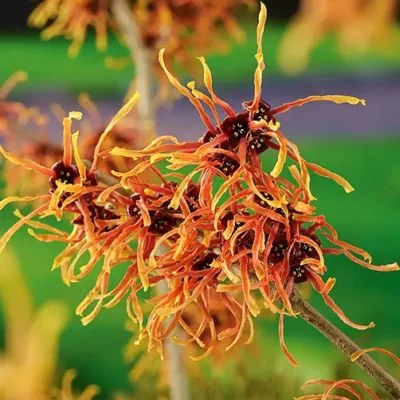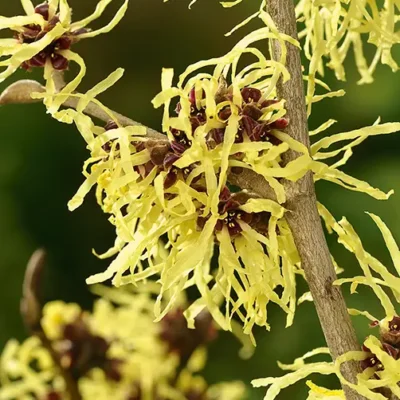Hamamelis × intermedia "Witch Hazel" originated from the crossbreeding of two East Asian species - Hamamelis mollis "Chinese Witch Hazel" and Hamamelis Japonica "Japanese Witch Hazel". There are dozens of varieties with remarkable features, which have earned this plant a permanent place in many gardens, parks, and urban green spaces. So, what makes witch hazels stand out and what contributes to their uniqueness? These deciduous shrubs can grow up to 4 meters in height and width. Depending on the weather and variety, they begin to bloom from mid-January to March. The flowers, which range in colour from yellow, orange to dark red, appear before the leaves and emit a delicate, pleasant fragrance. In late September, the oval green leaves, measuring 10-15 cm in length and 5-10 cm in width, change colour into yellow, orange and scarlet-red. To sum up, it is a shrub that blooms abundantly in winter and early spring, with fragrant flowers and a festival of colorful pastel leaves in autumn. The best location for witch hazel is a sunny or partially shady spot. The soil should be moderately moist, well-drained, loamy and slightly acidic pH (pH 5.5-6.5). Witch hazels are frost-resistant plants (USDA zones 5-8). You can begin fertilizing it in March, applying a multi-component fertilizer 3-4 times every 3-4 weeks or combine it with an organic fertilizer. If you find it necessary to adjust the shape of the crown, you can prune the plant after flowering. Witch hazels are valuable plants that will definitely adorn your garden.

